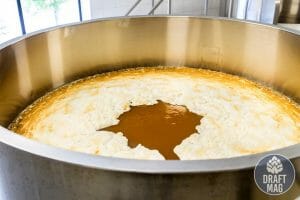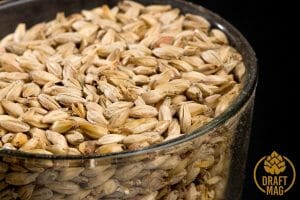Over Carbonated Beer: How To Fix This in Bottles and Kegs
An over carbonated beer is one of the few things that frustrate a homebrewer, as having too much carbon dioxide in your beer can ruin a good bottle-conditioned beer. When your beer doesn’t ferment fully, or you add too much sugar, it becomes over carbonated.
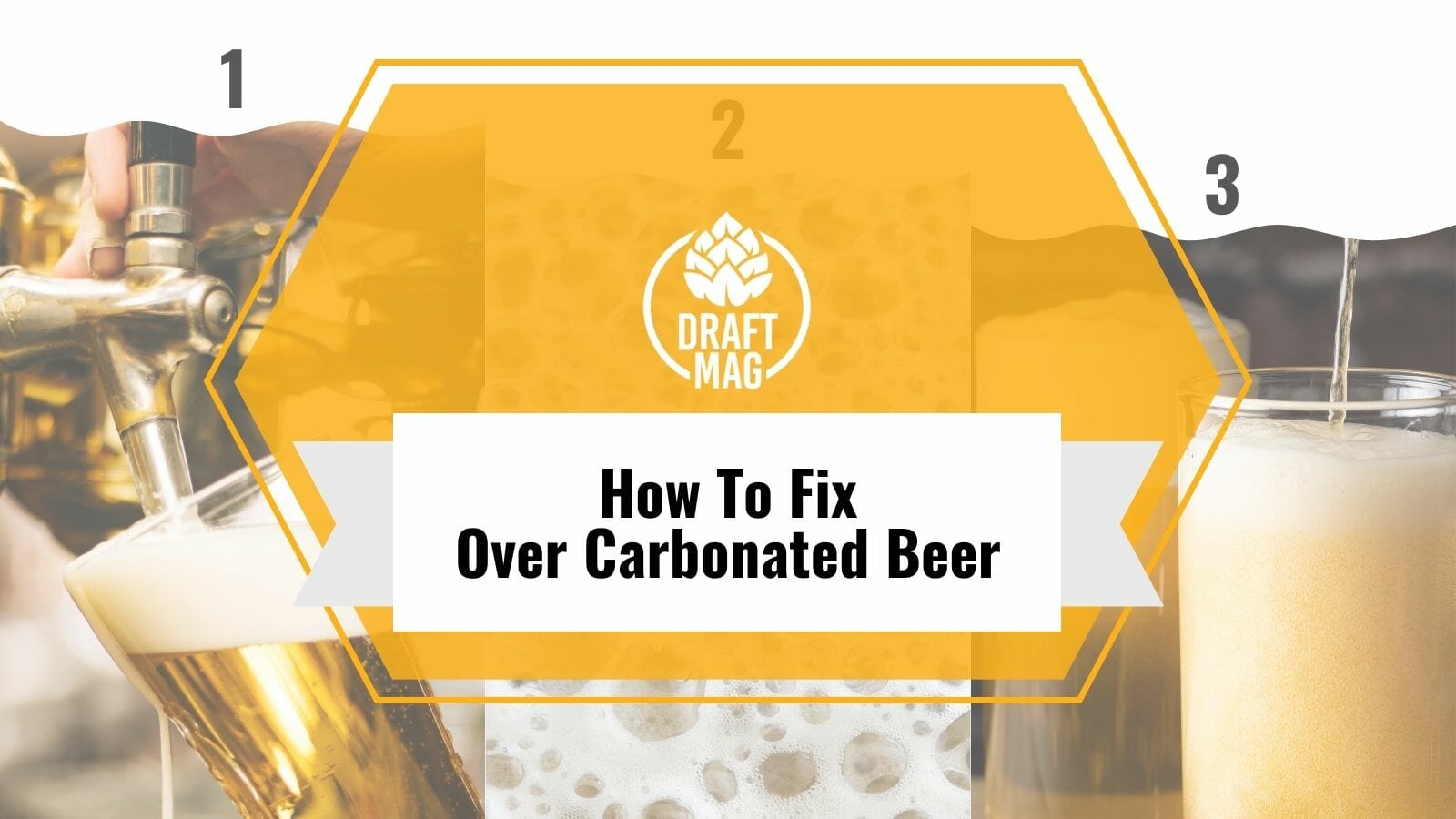
Whether you’re conditioning your beer in a bottle or keg, there are different ways to fix the problem. Continue reading our guide to learn how to fix over carbonated beer and get the best foam for your homebrewed beer.
How Do You Fix Over Carbonated Beer in a Bottle?
You can fix over-carbonated beer in a bottle by reducing the pressure in it. The main reason why beer is over carbonated is excess pressure from the carbon dioxide.
This situation can cause your bottles to break under pressure, leading to accidents and wasted brew. Even if this doesn’t happen, a lot of beer and foam will be wasted when you open them.
Here are some ways to fix this problem.
– Make the Beer Cold
Making the beer cold is a quick fix and won’t necessarily reduce carbonation. When you store your beer at freezing temperature or near this temperature, it will prevent a volcanic foam from erupting when you open it.
Since the beer will foam less after being stored cold, you can easily pour it into your glass without wasting it or making a mess. After this, you can leave the beer to degas in the glass and wait for it to warm up to your desired serving temperature.
– Re-Cap The Bottles
You can fix over carbonation by re-capping your bottles, and while this is time-intensive, it is also the most effective solution. Do this by keeping the bottled beer in the fridge overnight to reduce foaming when you finally open them. The next morning, open the bottles and cover them with tinfoil.
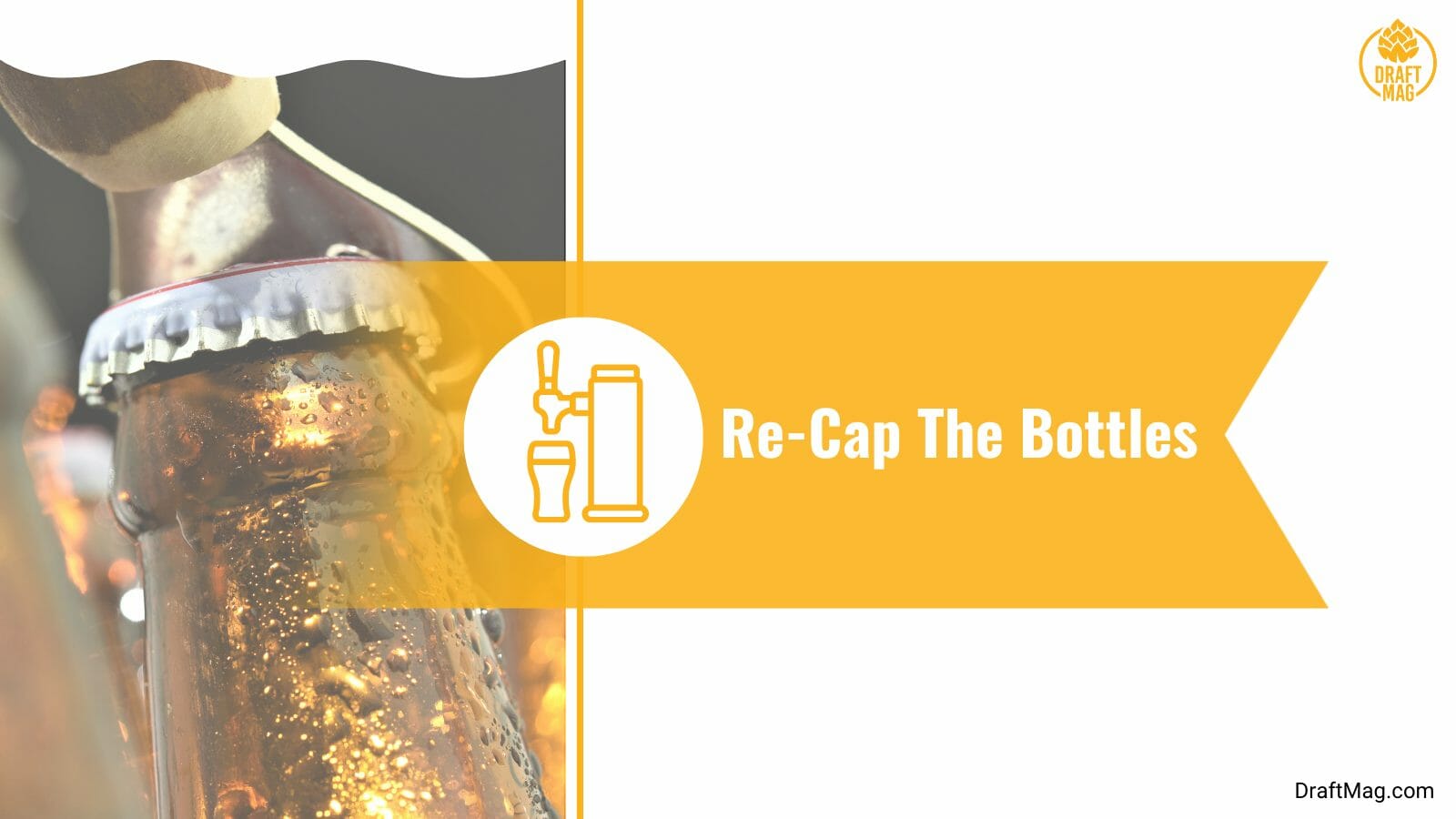
Ensure that the tinfoil is well sanitized, and don’t use plastic wrap so that there is room for it to degas. Leave the beers for up to four hours, and the beers will degas. Then, you should cover them all with new bottle caps rather than reusing the old ones. The old ones won’t work, and you might end up with flat beers.
– Leave It in the Fridge
Another quick fix for your over carbonated beer in a bottle is to leave it in the fridge for a while. When your beer bottles are sitting in the fridge, they won’t create any more carbonation since the cold temperature will make the yeast dormant. So you can store beer in the fridge and only take it out to drink.
The longer the beer sits in your fridge, the less carbonated it will be. If you don’t have time to re-cap the bottles, you can use this to fix the problem of your gusher beer.
– Let the CO2 Escape
This is another method that you can use to fix a gusher beer, but keep in mind that this is quite tricky and risky. If you don’t do it right, all the CO2 can escape, and your beer will become flat. You can also break the perfect seal covering your bottle.
To do this, slightly pry open the bottle cap from the bottle. This will allow the CO2 that is above and in the headspace of the bottle to escape. Then, push it back in place quickly before you lose any more. Keep your bottle capper at hand in case you need extra help sealing your bottle after opening it.
How Do You Fix Over-Carbonated Beer in a Keg?
You can fix over carbonated beer in a keg using two methods: releasing the CO2 and shaking the keg, and checking and fixing the keg setup. It’s easier to fix an over carbonated beer in a keg than in a bottle.
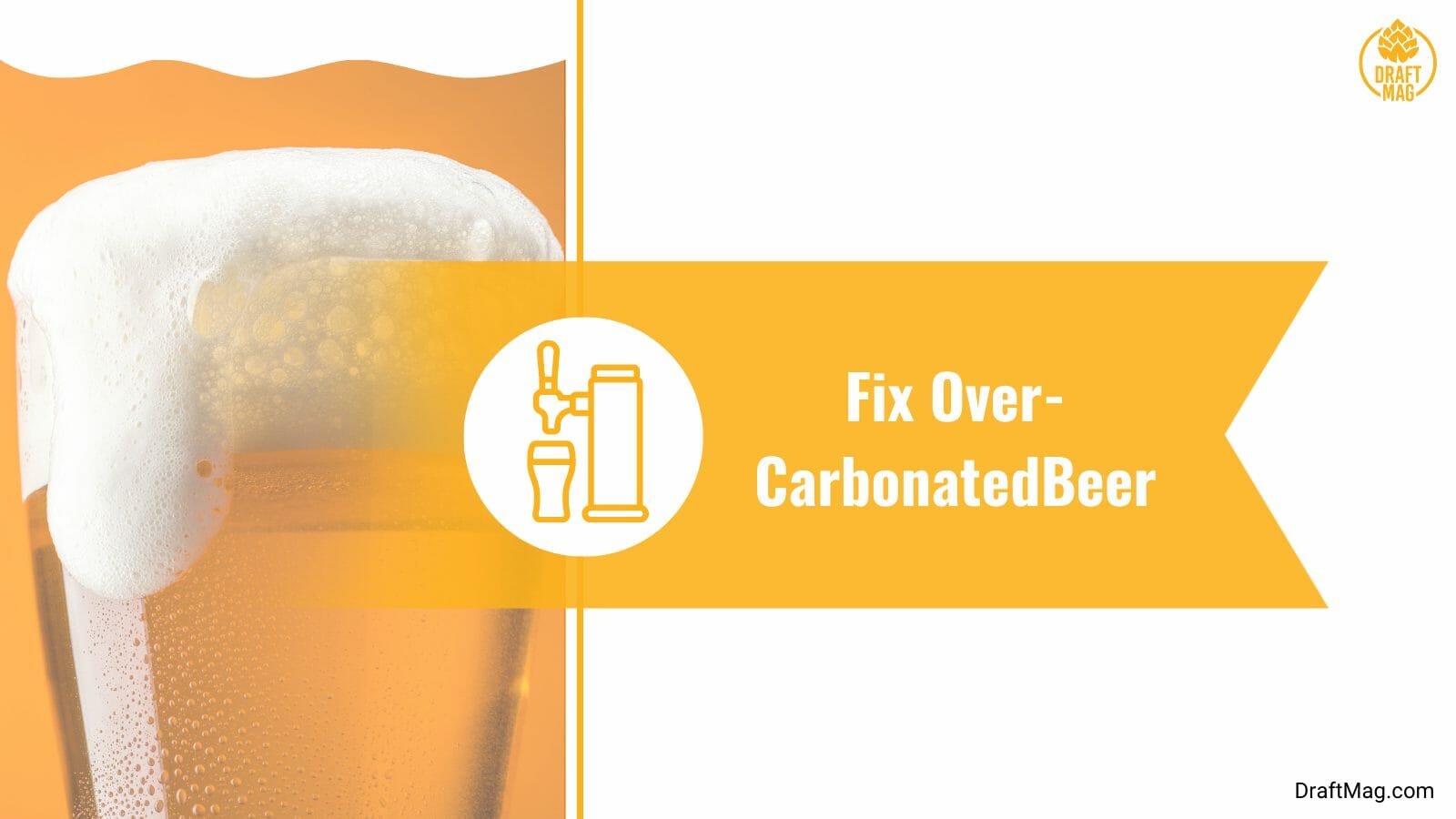
Also, a keg won’t explode because of too much carbonation, unlike a bottle, so you won’t waste your beer. In addition, corny kegs have a pressure rating of up to 130psi, so there’s no safety issue. Here are the two ways to fix over carbonation in a beer keg.
– Release CO2 and Shake the Keg
Start by disconnecting the gas line from the keg. You can let out the CO2 that is building pressure by pulling the pressure release valve. If your keg doesn’t have this valve, you can use a screwdriver to depress the gas manually. After this, shake the keg a few times, and this will force it to release the dissolved gas.
Repeat this process a few times so that you can let out all the gas you don’t need. Then, leave the keg in the kegerator for a few hours. After this, attach the gas line and set the carbon dioxide pressure to 10psi.
– Check the Keg Setup
Sometimes, all you need to do is check your keg setup because having excess foam is not always because of over-carbonation in a keg. If your keg line is not at the right length, it will cause your beer to be foamy and over-carbonated when you pour it. The average length of your beer line is around 8 feet.
Also, check your keg pressure settings. The outgoing pressure should be set at an average of 10 psi when dispensing beer, or this will lead to gushing beer when serving.
How Do You Prevent Over-Carbonated Beer?
You can prevent over carbonated beer by checking the priming sugar and staying aware of how much time is left for your beer to finish fermenting. Over carbonation happens when there is too much sugar in order for the yeast to convert to alcohol and CO2.
There are less chances of this happening during natural carbonation. Learn more about non carbonated beer in our detailed article.
– Check if Fermentation Is Finished
If the fermentation process is not completed, the carbon dioxide that was meant to be let out through an airlock will be locked inside the bottle and built up. You can measure your beer’s gravity with a hydrometer to check the fermentation. The final gravity reading should be part of your recipe, so you can compare.
But, if you didn’t take a reading of the initial gravity or you don’t have a hydrometer, you can physically check the beer. There should be no bubbling or activity in your beer. You should also follow the time stipulated in the recipe for bottle conditioning.
– Measure Priming Sugar
You should measure your ingredients accurately (by weight and not by volume) when homebrewing beer. This means that you should use a scale rather than measuring cups. This allows you to identify any differences and be accurate in your recipe.
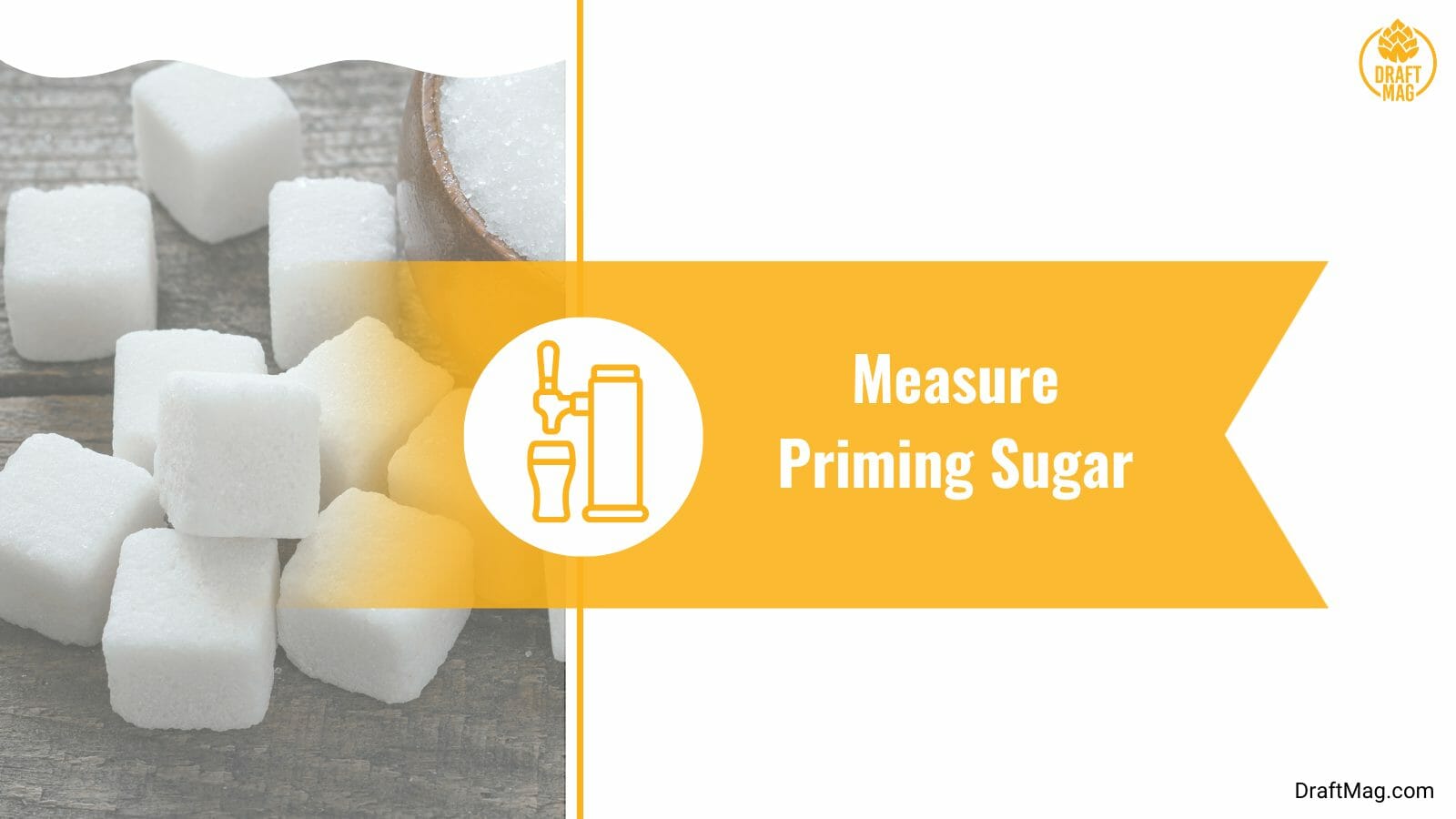
Your priming sugar weight should be exactly as stated in the ingredient. If there’s too much sugar, the yeast won’t be able to ferment everything, leading to over-carbonation. There are different brewing calculators that you can use to check if the sugar weight is correct. The process of priming sugar is very crucial and should be followed exactly as stated.
Here are some signs to look out for when fermenting your brew:
- Track the progress of the yeast by checking for sediment located at the bottom of the bottle.
- Turn the bottle over to check for carbonation in bottles.
- Put a raisin in one of your bottles, and once it carbonates, you’ll see the raisin at the top.
FAQs
1. How Do You Know Your Homebrew is Over-Carbonated?
You know your homebrew is over-carbonated when you get a lot of foam coming out of the tap. If it’s a bottle, you will have more foam than beer, and it can cause the bottle to explode. This usually happens when homebrewers try to put their beer through force carbonation.
2. Can You Make Your Beer Over-Carbonated?
Yes, you can make your beer over carbonated intentionally by adding too much sugar or stopping the fermentation process before it’s done. However, this is not advisable because you’ll end up with more foam than beer and a mess when you open the bottle.
Conclusion
You now have all you need to fix and prevent over-carbonated beer with our complete guide.
Here’s a re-cap of the main points that we covered:
- You can fix excess carbonation in your beer in a bottle by re-capping the bottle.
- Use the pressure release valve on a keg to let the CO2 escape and reduce carbonation.
- Prevent over-carbonated beer by measuring the sugar properly and allowing the fermentation process to complete.
With our complete guide, you can make and carbonate your beer properly without wasting it or making a mess. Get your homebrewing kit and start making your favorite beer today!


